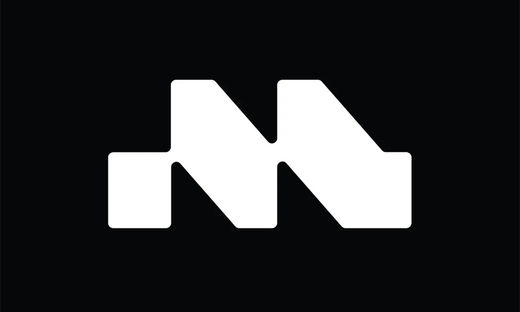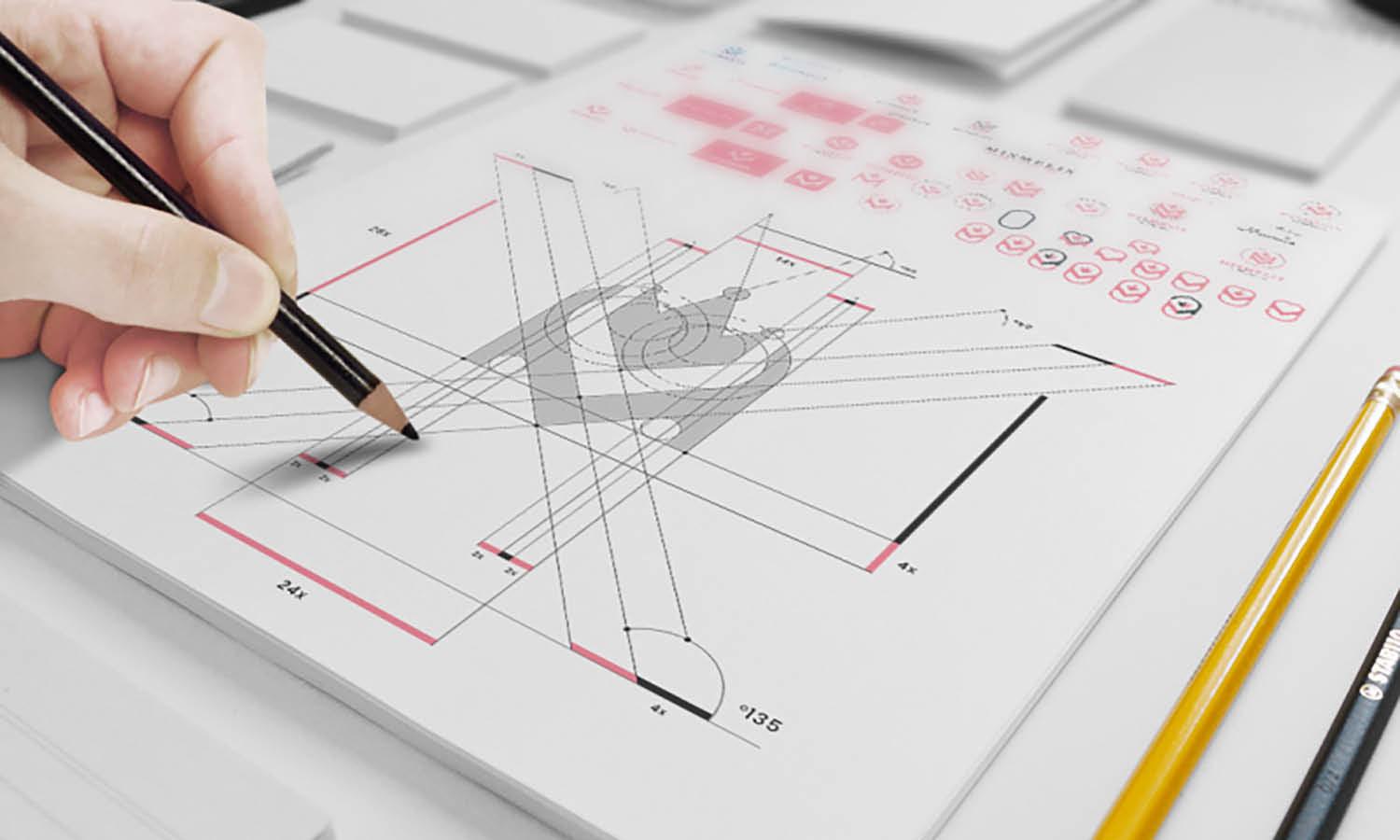Ultrasonic Cleaning 101: Understanding the Basics

In today’s fast-paced world, maintaining the cleanliness of delicate or complex items can be challenging. That’s where ultrasonic cleaning comes into play—a powerful and efficient method trusted by professionals across industries. In this guide, we’ll break down the basics of ultrasonic cleaning, how it works, where it’s used, and why it might just be the solution you’ve been searching for.
What Is Ultrasonic Cleaning?
Ultrasonic cleaning is a process that uses high-frequency sound waves (ultrasound) from an ultrasonic cleaner to remove dirt, grime, and other contaminants from objects submerged in a cleaning solution. It’s especially effective for items with intricate details or hard-to-reach areas—places that traditional cleaning methods can’t always reach.
How Does Ultrasonic Cleaning Work?
The magic behind ultrasonic cleaning lies in a phenomenon called cavitation. Here’s a simple breakdown of the process:
- An ultrasonic transducer generates high-frequency sound waves (usually 20–40 kHz).
- These waves travel through a liquid in the cleaning tank, creating microscopic vacuum bubbles.
- When these bubbles collapse, they release energy that dislodges contaminants from the surface of submerged items.
This microscopic scrubbing action is incredibly gentle yet effective—even on delicate components like jewelry or circuit boards.
Common Applications of Ultrasonic Cleaning
Ultrasonic cleaners are used in a wide range of industries, including:
- Medical & Dental: Surgical tools, forceps, implants
- Automotive: Carburetors, fuel injectors, engine parts
- Jewelry: Rings, earrings, watches
- Electronics: PCBs, circuit boards, lenses
- Manufacturing: Precision parts, molds, aerospace components
Whether you're a hobbyist or a professional, the applications of ultrasonic cleaning are surprisingly diverse.
Key Benefits of Ultrasonic Cleaning
Why do so many industries rely on ultrasonic cleaners?
- Thorough cleaning: Even hard-to-reach crevices are cleaned with ease.
- Time efficiency: Processes that used to take hours now take minutes.
- Eco-friendly: Reduces the need for harsh chemicals or manual scrubbing.
- Non-damaging: Safe for delicate or sensitive items when used correctly.
For businesses, it’s a cost-effective way to ensure quality and hygiene without compromising efficiency.
Choosing the Right Ultrasonic Cleaner
Before buying an ultrasonic cleaner, consider the following:
- Tank size: Should accommodate your items comfortably.
- Frequency: Lower frequencies (~25kHz) for heavy-duty cleaning; higher (~40kHz+) for delicate parts.
- Power rating: More power = more aggressive cleaning.
- Solution compatibility: Always use the right ultrasonic cleaning solution for your application.
- Durability & maintenance: Stainless steel tanks and regular upkeep ensure long-term performance.
If you're looking for a reliable and cost-effective option, Creworks ultrasonic cleaners are a great choice for both beginners and professionals. Known for their durable stainless steel construction, precise temperature and timer controls, and a variety of tank sizes, Creworks units offer excellent value without compromising on performance.
Safety Tips & Limitations
While ultrasonic cleaning is safe and effective, there are some limitations:
- Don’t use it on porous materials (e.g., wood, leather) or items sensitive to water.
- Be cautious with glued items, as cavitation may weaken adhesives.
- Always wear gloves when handling chemical solutions, and ensure good ventilation.
- Never run the machine dry, as this can damage the transducer.
Knowing what not to clean can be just as important as knowing what you can.
Final Thoughts
Ultrasonic cleaning is a game-changer—offering fast, efficient, and safe cleaning for a wide variety of items. Whether you're cleaning medical tools, restoring old jewelry, or maintaining industrial components, this technology delivers results that traditional methods often can't match.















